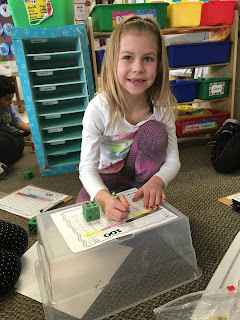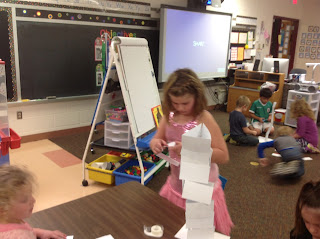In my classroom I have a ”sensory corner” or some will call it a “calming down corner”. For someone unfamiliar with the terms might think of it as a play corner. It has cushioned floor matts, beanbags, pillows, blankets and a gaming chair. There are toys on the shelves and rice with toys in a big container. However, it is rarely used for regular play. My students have disabilities such as Autism Spectrum Disorder (ASD) or Attention Deficit Hyperactive Disorder (ADHD). They might also have an anxiety or stress disorder. The students are often the children who interrupt learning or have behavioral disruptions that are difficult to ignore. The children often hinder their own learning and productivity is impeded by their own short attention.
This is where fidgets (or special toys) are utilized, and often used in the special education classroom. They are self-regulation tools to help students with focus, attention, calming, and active listening. Fidgets are also known as stress balls, tangles, and squigglets, however, it can be any toy that can promote movement and tactile input that is critical for some student’s learning. If movement can be directed, it can enhance learning. We can help children control their movement and improve their learning by using fidgets. The students will have something in their hands to touch and move around so they don’t feel the need to get out of their chair to funnel their energy and their sensory needs are satisfied. Movement and sensory input is important while learning. Learning is enhanced when fidgets are introduced. My students often take advantage of the “sensory corner” and it helps them through the school day especially when feeling upset. Sometimes less than 5 minutes can make a big difference.
Bodil Empting—Spec Ed Teacher








